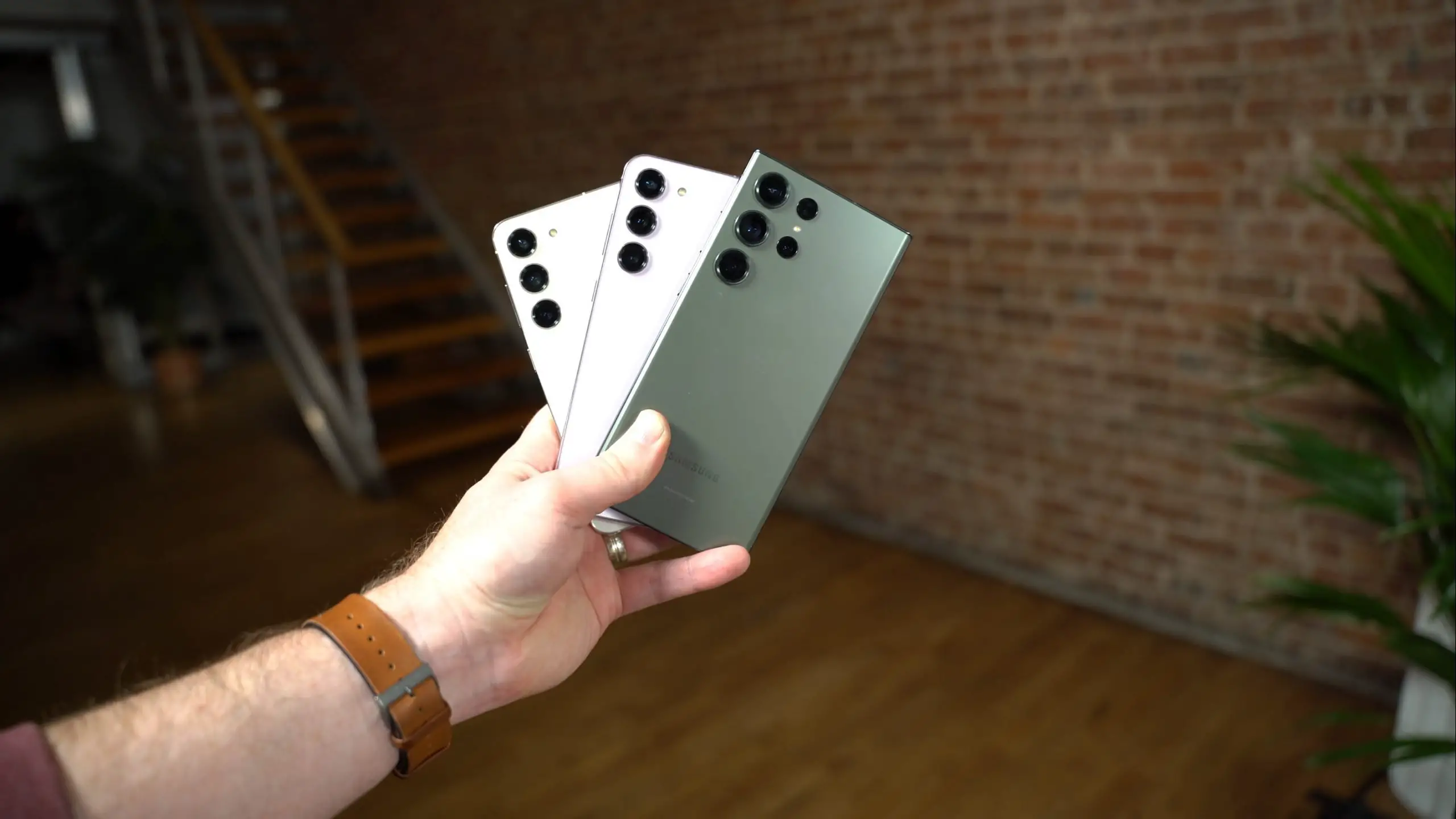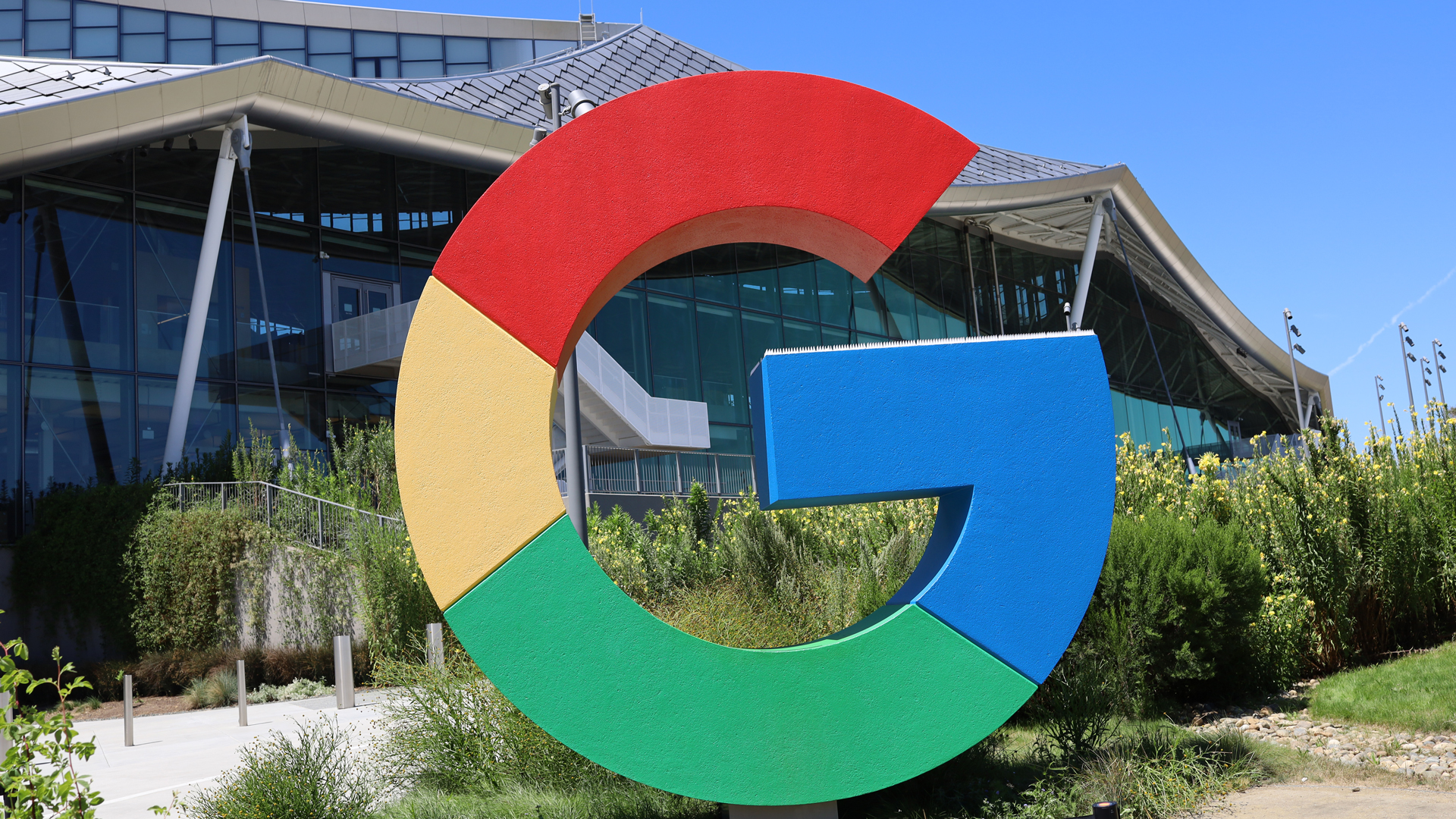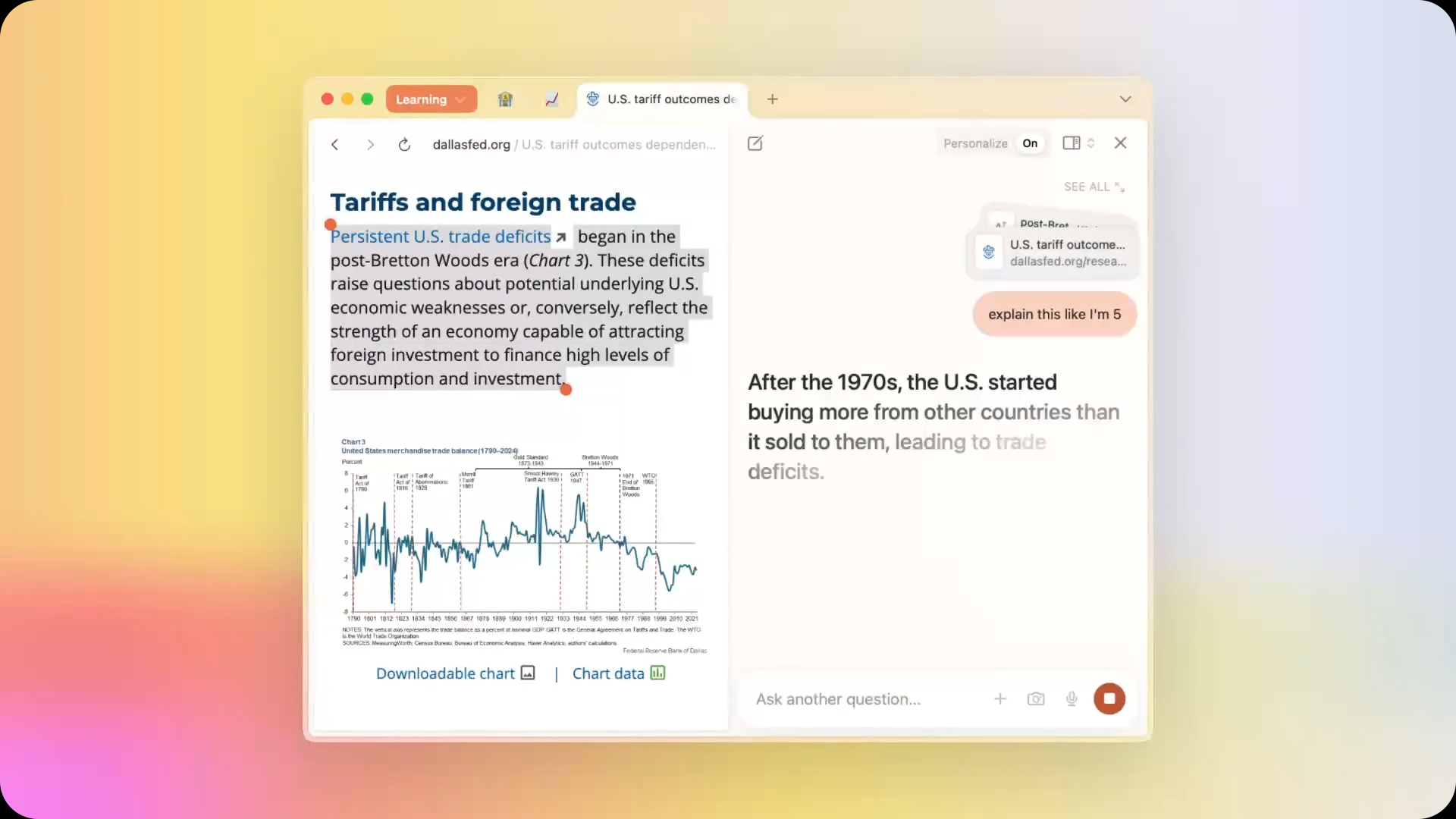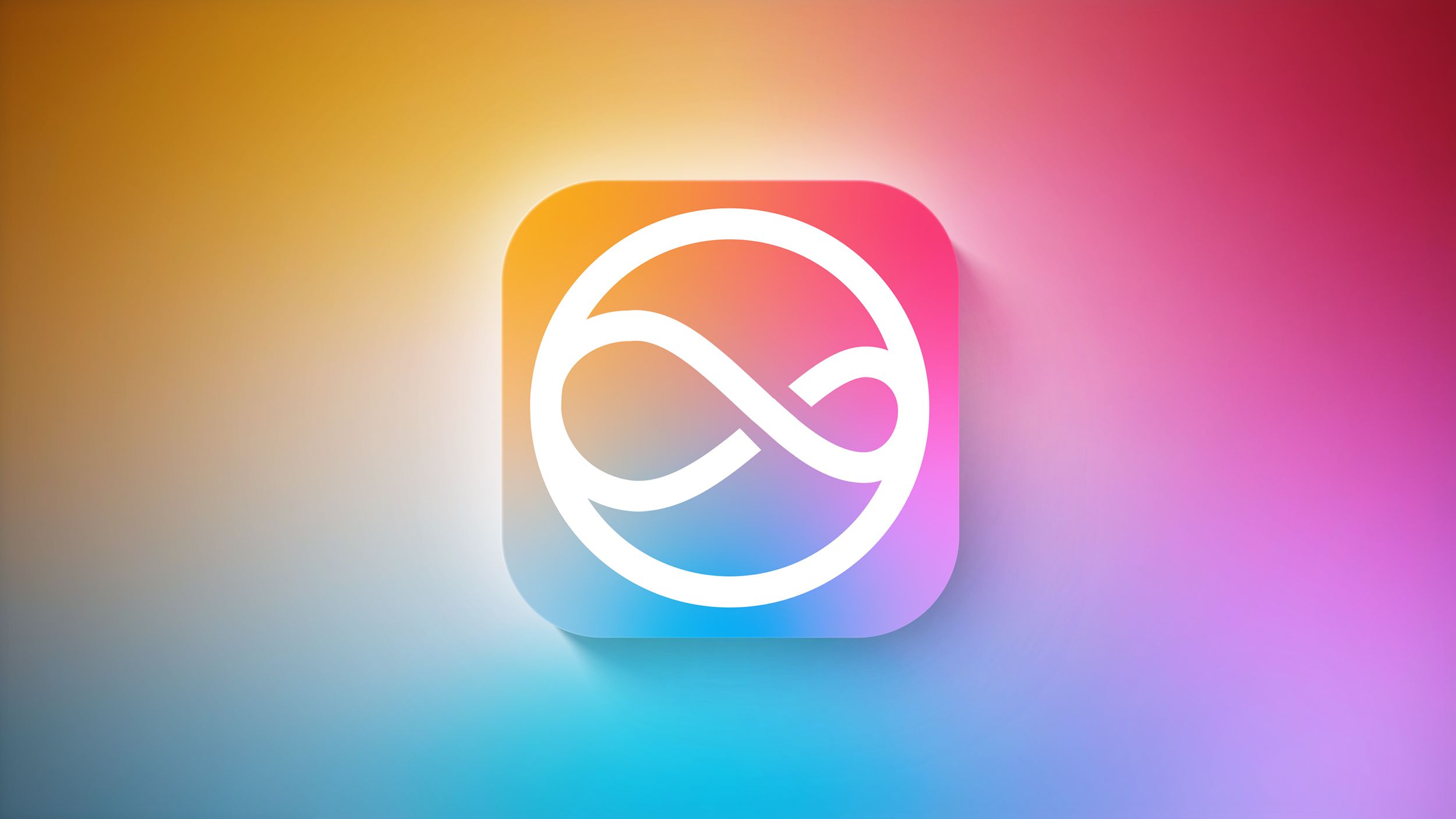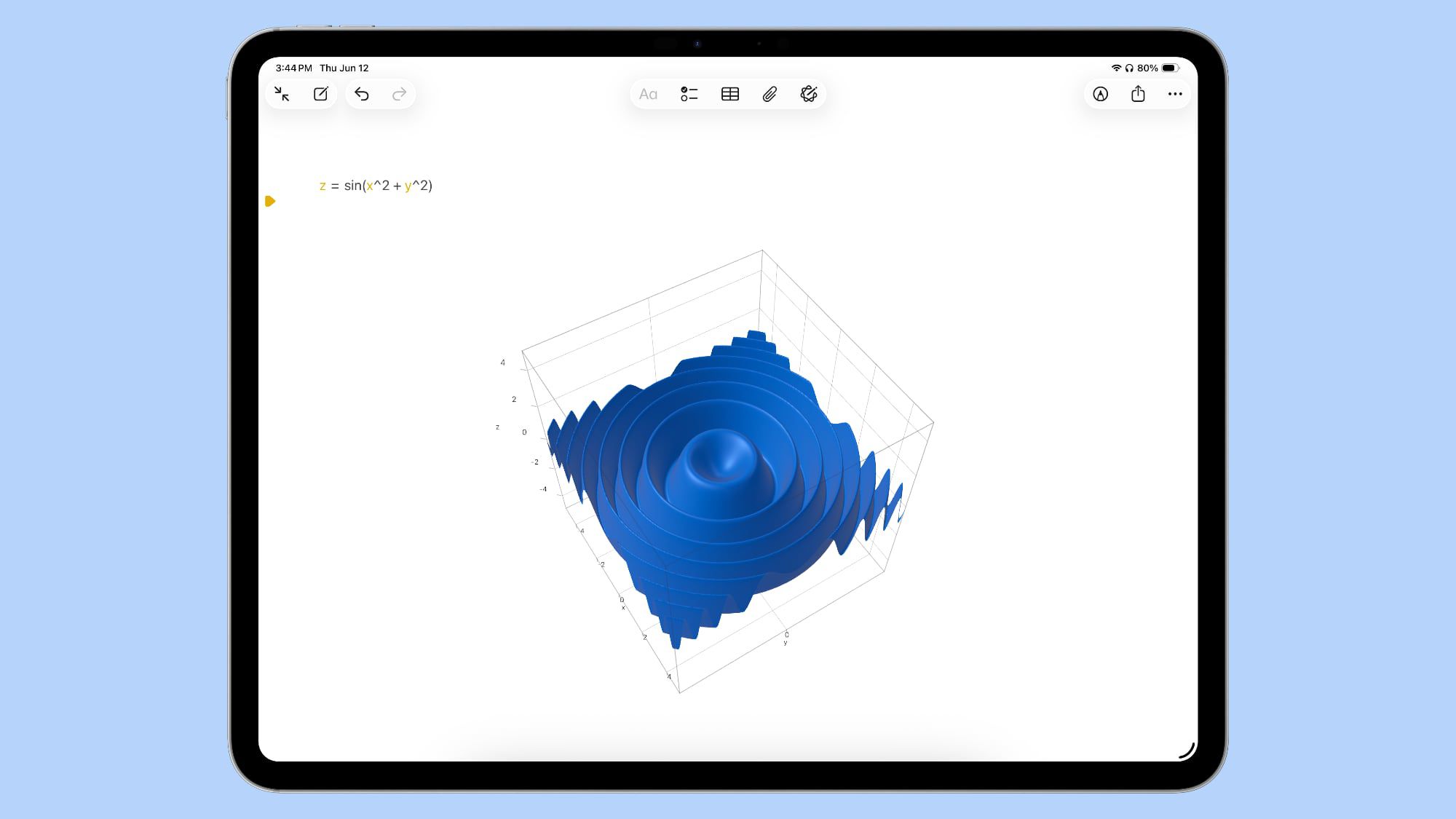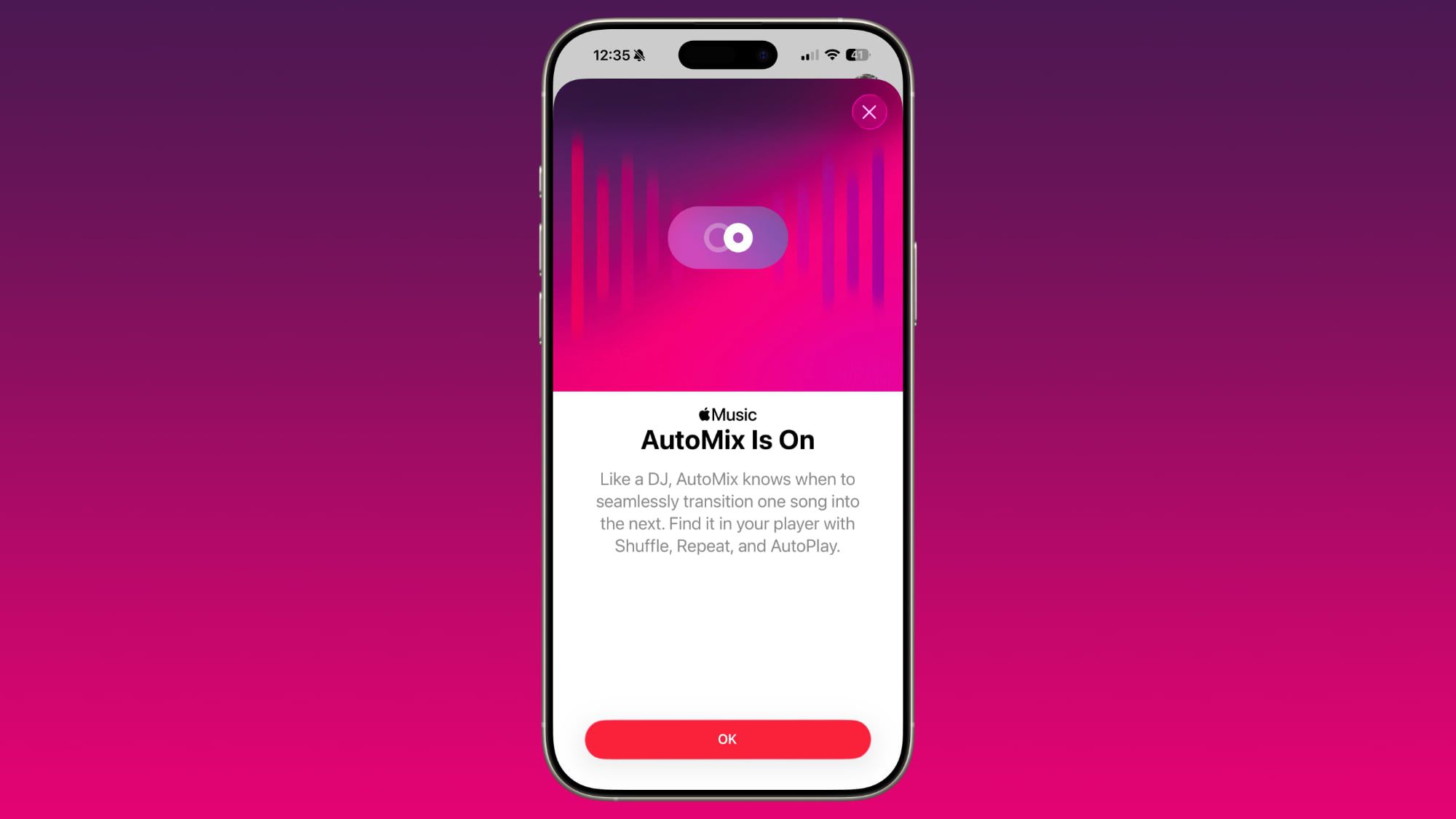Why You Should Care About BuildContext in Flutter: The One Mistake That Cost Me Hours
“Hey, why is the screen not popping after I show this dialog?” That was the message I sent to a friend late one night. I had just spent two hours trying to figure out why Navigator.of(context).pop() wasn't working. Turns out, I was using the wrong BuildContext something so small, yet it caused a huge ripple in my app. If you’ve been building Flutter apps for a while, chances are you’ve bumped into BuildContext quite a few times. It’s that ever-present parameter in the build() method. But do you really understand what it is? If not, don’t worry. Let’s walk through this together, from beginner to expert using real-world examples, painful bugs, and best practices. So, What Is BuildContext? Think of BuildContext as a pointer to the widget's position in the widget tree. It’s like your apartment address. You live inside the building (your widget), and BuildContext is how Flutter knows where you are inside the building. In simpler terms, BuildContext allows you to: Access parent widgets (like Theme, MediaQuery, Provider, etc.) Navigate between screens Show dialogs and snack bars Trigger rebuilds Locate ancestors and descendants in the widget tree My First Real Mistake with BuildContext Let me tell you a real story. I was building a checkout screen. After the user tapped “Pay”, I showed a confirmation dialog and then tried to pop the screen. Here’s what I wrote: void _onPayPressed(BuildContext context) async { await showDialog( context: context, builder: (_) => AlertDialog( title: "Text('Confirm Payment')," content: Text('Are you sure you want to pay?'), actions: [ TextButton(onPressed: () => Navigator.pop(context), child: Text('Yes')), ], ), ); Navigator.pop(context); // Supposed to pop the checkout screen } Result? App crashes. Error: “Navigator operation requested with a context that does not include a Navigator.” What Just Happened? At first glance, everything looks fine. But the context used inside the dialog button (TextButton) was not the same as the one that has access to the Navigator. I was using the wrong context, and Flutter didn’t know what I was referring to. Understanding BuildContext in Action Let’s break this down with a simple visual: MaterialApp └── Scaffold └── Builder └── Column ├── ElevatedButton (with correct context) └── AlertDialog (context inside its own scope) If you’re inside a nested widget like AlertDialog, its context is not the same as the one higher in the widget tree that has access to Navigator. Fix: Always Use the Correct Context Here’s the corrected version: void _onPayPressed(BuildContext context) async { final shouldPay = await showDialog( context: context, builder: (dialogContext) => AlertDialog( title: Text('Confirm Payment'), content: Text('Are you sure you want to pay?'), actions: [ TextButton( onPressed: () => Navigator.pop(dialogContext, true), child: Text('Yes'), ), TextButton( onPressed: () => Navigator.pop(dialogContext, false), child: Text('No'), ), ], ), ); if (shouldPay == true) { Navigator.pop(context); // Pops the checkout screen } } Rule: Never use the context from a child widget to do things that require its ancestors. Another Common Mistake: Using context After an await This is extremely common. Let’s say you have this: void _submit(BuildContext context) async { await Future.delayed(Duration(seconds: 2)); ScaffoldMessenger.of(context).showSnackBar( SnackBar(content: Text('Submitted!')), ); } Now, imagine the user navigated away before the 2 seconds finished. Boom. context is no longer valid. You get a runtime error. Fix: Use mounted Check When using StatefulWidget, always check if the widget is still mounted. class MyForm extends StatefulWidget { @override _MyFormState createState() => _MyFormState(); } class _MyFormState extends State { Future _submit() async { await Future.delayed(Duration(seconds: 2)); if (!mounted) return; ScaffoldMessenger.of(context).showSnackBar( SnackBar(content: Text('Submitted!')), ); } @override Widget build(BuildContext context) { return ElevatedButton( onPressed: _submit, child: Text('Submit'), ); } } Real App Scenario: Showing Snackbar in onPressed ElevatedButton( onPressed: () { final snackBar = SnackBar(content: Text('Saved!')); ScaffoldMessenger.of(context).showSnackBar(snackBar); }, child: Text('Save'), ); This works but ONLY if context is inside a widget with access to ScaffoldMessenger. If not, you might get: “No Scaffold Messenger widget found.” Fix: Use a builder if you're deep inside widgets and context is limited. Scaffold( body: Builder(
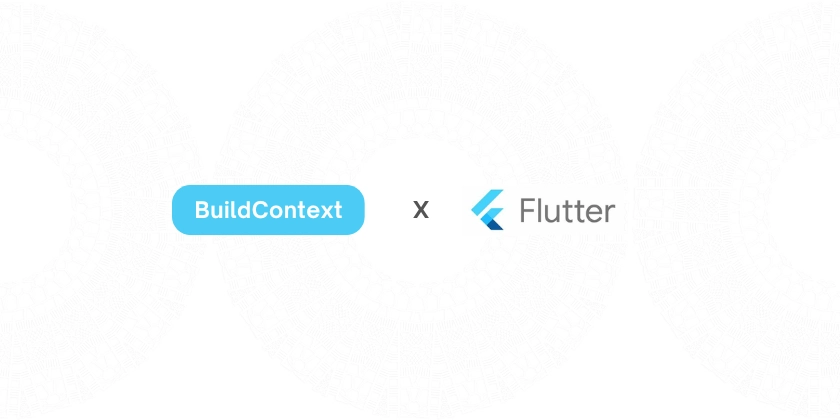
“Hey, why is the screen not popping after I show this dialog?”
That was the message I sent to a friend late one night. I had just spent two hours trying to figure out why Navigator.of(context).pop() wasn't working. Turns out, I was using the wrong BuildContext something so small, yet it caused a huge ripple in my app.
If you’ve been building Flutter apps for a while, chances are you’ve bumped into BuildContext quite a few times. It’s that ever-present parameter in the build() method. But do you really understand what it is?
If not, don’t worry. Let’s walk through this together, from beginner to expert using real-world examples, painful bugs, and best practices.
So, What Is BuildContext?
Think of BuildContext as a pointer to the widget's position in the widget tree.
It’s like your apartment address. You live inside the building (your widget), and
BuildContextis how Flutter knows where you are inside the building.
In simpler terms, BuildContext allows you to:
- Access parent widgets (like
Theme,MediaQuery,Provider, etc.) - Navigate between screens
- Show dialogs and snack bars
- Trigger rebuilds
- Locate ancestors and descendants in the widget tree
My First Real Mistake with BuildContext
Let me tell you a real story. I was building a checkout screen. After the user tapped “Pay”, I showed a confirmation dialog and then tried to pop the screen.
Here’s what I wrote:
void _onPayPressed(BuildContext context) async {
await showDialog(
context: context,
builder: (_) => AlertDialog(
title: "Text('Confirm Payment'),"
content: Text('Are you sure you want to pay?'),
actions: [
TextButton(onPressed: () => Navigator.pop(context), child: Text('Yes')),
],
),
);
Navigator.pop(context); // Supposed to pop the checkout screen
}
Result? App crashes.
Error: “Navigator operation requested with a context that does not include a Navigator.”
What Just Happened?
At first glance, everything looks fine. But the context used inside the dialog button (TextButton) was not the same as the one that has access to the Navigator.
I was using the wrong context, and Flutter didn’t know what I was referring to.
Understanding BuildContext in Action
Let’s break this down with a simple visual:
MaterialApp
└── Scaffold
└── Builder
└── Column
├── ElevatedButton (with correct context)
└── AlertDialog (context inside its own scope)
If you’re inside a nested widget like AlertDialog, its context is not the same as the one higher in the widget tree that has access to Navigator.
Fix: Always Use the Correct Context
Here’s the corrected version:
void _onPayPressed(BuildContext context) async {
final shouldPay = await showDialog<bool>(
context: context,
builder: (dialogContext) => AlertDialog(
title: Text('Confirm Payment'),
content: Text('Are you sure you want to pay?'),
actions: [
TextButton(
onPressed: () => Navigator.pop(dialogContext, true),
child: Text('Yes'),
),
TextButton(
onPressed: () => Navigator.pop(dialogContext, false),
child: Text('No'),
),
],
),
);
if (shouldPay == true) {
Navigator.pop(context); // Pops the checkout screen
}
}
Rule: Never use the context from a child widget to do things that require its ancestors.
Another Common Mistake: Using context After an await
This is extremely common. Let’s say you have this:
void _submit(BuildContext context) async {
await Future.delayed(Duration(seconds: 2));
ScaffoldMessenger.of(context).showSnackBar(
SnackBar(content: Text('Submitted!')),
);
}
Now, imagine the user navigated away before the 2 seconds finished. Boom. context is no longer valid. You get a runtime error.
Fix: Use mounted Check
When using StatefulWidget, always check if the widget is still mounted.
class MyForm extends StatefulWidget {
@override
_MyFormState createState() => _MyFormState();
}
class _MyFormState extends State<MyForm> {
Future<void> _submit() async {
await Future.delayed(Duration(seconds: 2));
if (!mounted) return;
ScaffoldMessenger.of(context).showSnackBar(
SnackBar(content: Text('Submitted!')),
);
}
@override
Widget build(BuildContext context) {
return ElevatedButton(
onPressed: _submit,
child: Text('Submit'),
);
}
}
Real App Scenario: Showing Snackbar in onPressed
ElevatedButton(
onPressed: () {
final snackBar = SnackBar(content: Text('Saved!'));
ScaffoldMessenger.of(context).showSnackBar(snackBar);
},
child: Text('Save'),
);
This works but ONLY if context is inside a widget with access to ScaffoldMessenger.
If not, you might get:
“No Scaffold Messenger widget found.”
Fix: Use a builder if you're deep inside widgets and context is limited.
Scaffold(
body: Builder(
builder: (innerContext) => ElevatedButton(
onPressed: () {
ScaffoldMessenger.of(innerContext).showSnackBar(
SnackBar(content: Text('Saved!')),
);
},
child: Text('Save'),
),
),
);
Bonus Tip: Don’t Use Global BuildContext Across Screens
Avoid doing things like:
late BuildContext globalContext;
class MyApp extends StatelessWidget {
@override
Widget build(BuildContext context) {
globalContext = context;
return MaterialApp(...);
}
}
And later:
Navigator.of(globalContext).push(...); // ⚠️ Very risky!
Instead, consider using:
- GlobalKey for navigation
- Callbacks or state management for communication
Final Best Practices for BuildContext
- Don’t use
contextafterawait- Might not be valid anymore - Use
mountedcheck inStatefulWidget- Prevents crashes - Use local
contextfor dialogs/snack bars - Avoids “no ancestor found” errors - Prefer
Builderfor deep widget trees — Gets you a freshcontext - Don’t pass context across unrelated widgets/screens — Breaks hierarchy, causes bugs
Wrap Up
Flutter is beautifully structured around a widget tree, and BuildContext is your ticket to navigating that tree.
If you treat it carelessly, you’ll run into confusing bugs, broken navigation, and unexpected runtime errors.
But if you learn to use it well?
You’ll unlock the full power of Flutter’s widget system.
TL; DR
-
BuildContextis more than a parameter it's how your widget connects to the tree. - Always use the correct context in scope, especially for dialogs/snack bars/navigation.
- Don’t use
contextafterawaitwithout checkingmounted. - Use
Builderif you need a new context inside a deep widget tree.
Your Turn
Have you faced any weird issues with BuildContext? Drop them in the comments. I’d love to hear your story and maybe help you debug it!






















































































































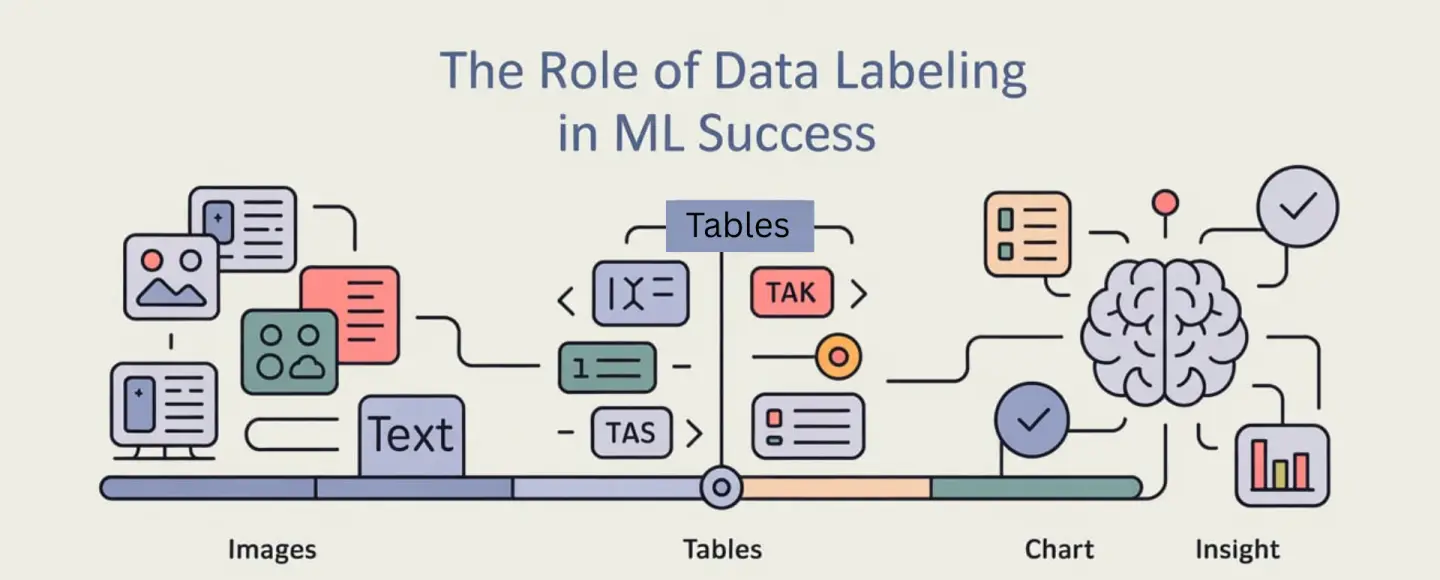
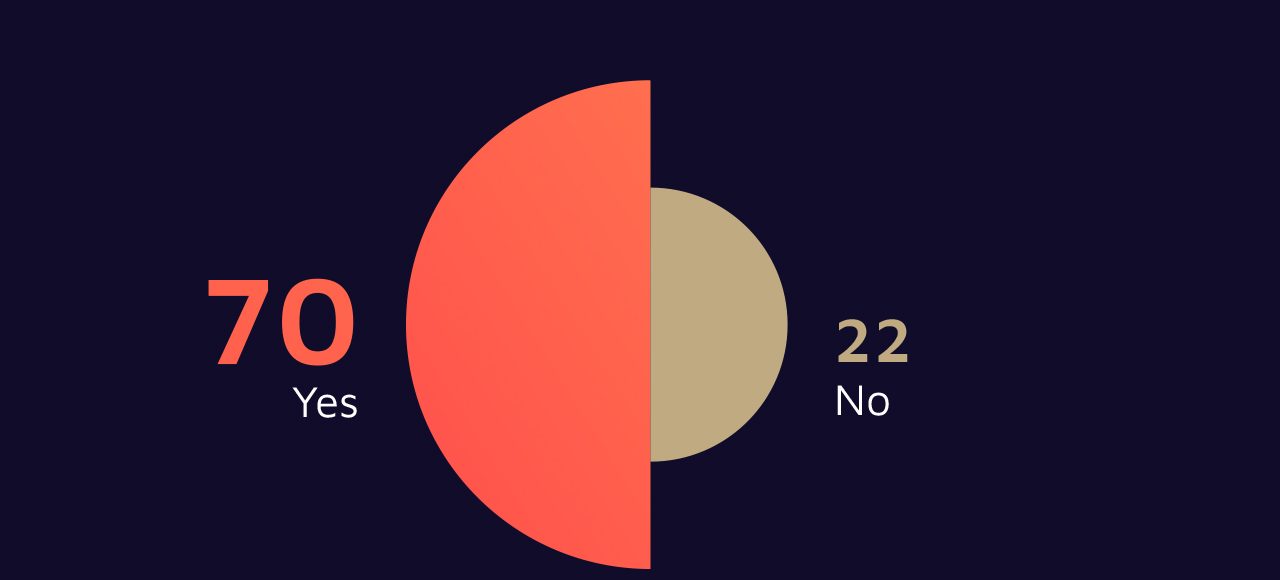

























































![[The AI Show Episode 152]: ChatGPT Connectors, AI-Human Relationships, New AI Job Data, OpenAI Court-Ordered to Keep ChatGPT Logs & WPP’s Large Marketing Model](https://www.marketingaiinstitute.com/hubfs/ep%20152%20cover.png)





























































































































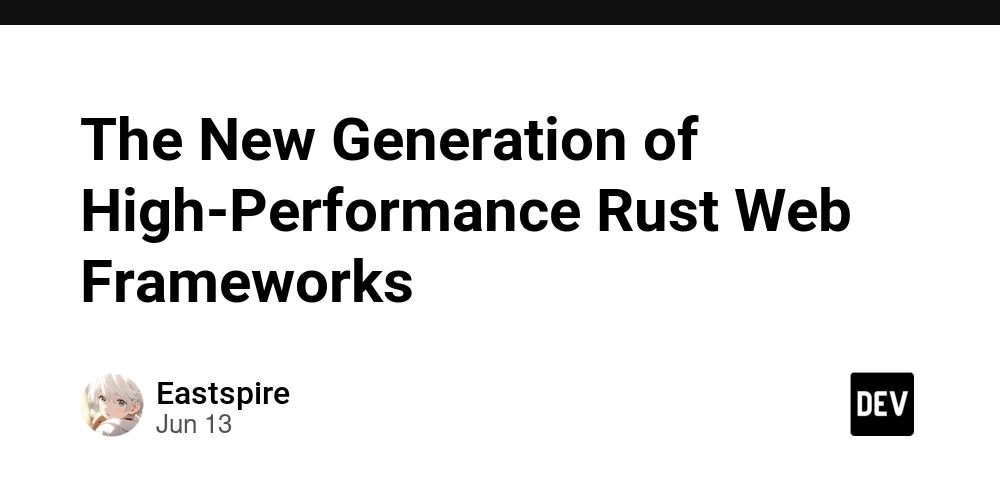
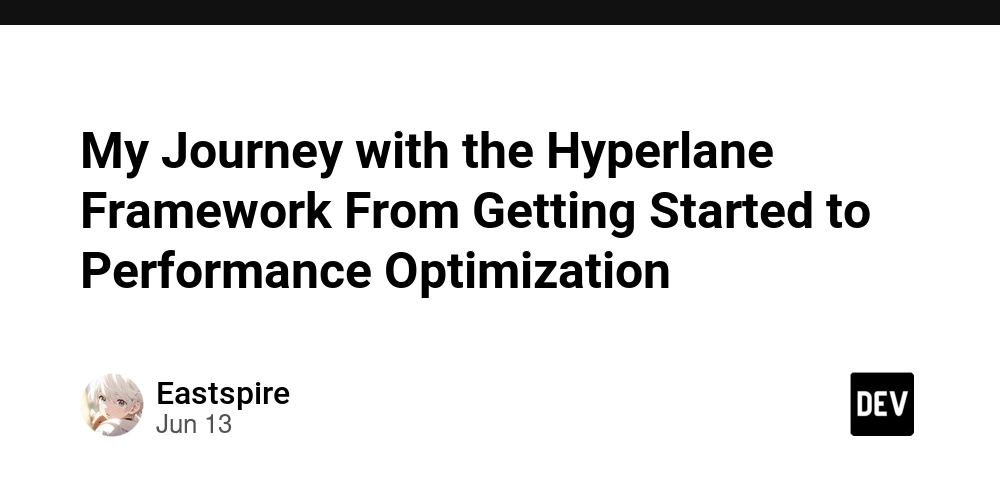
















































































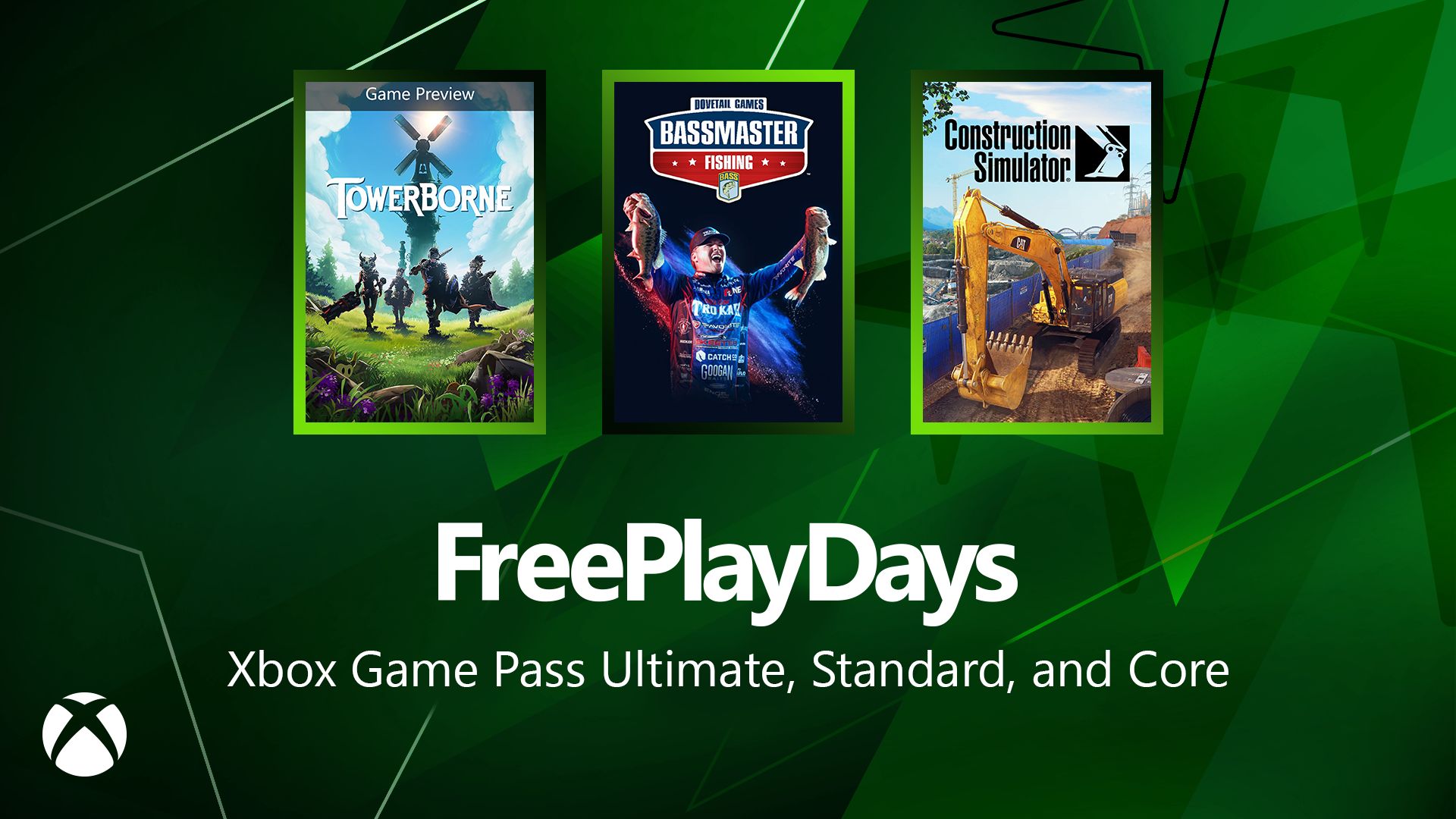






































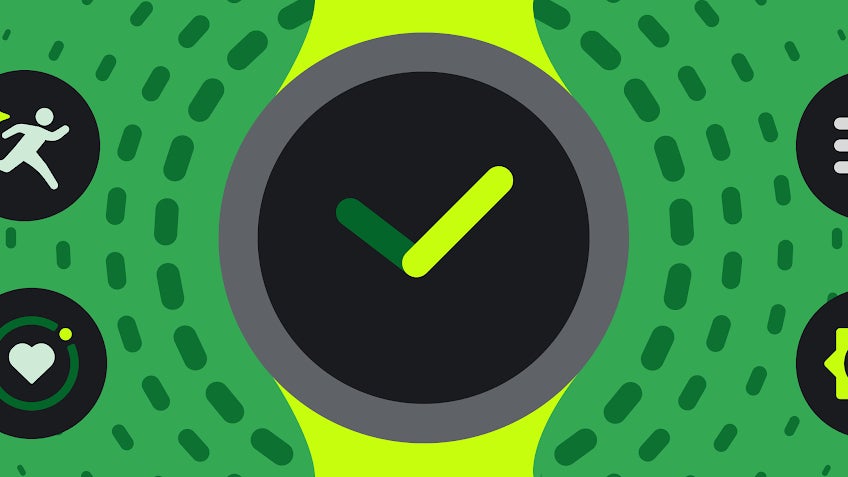
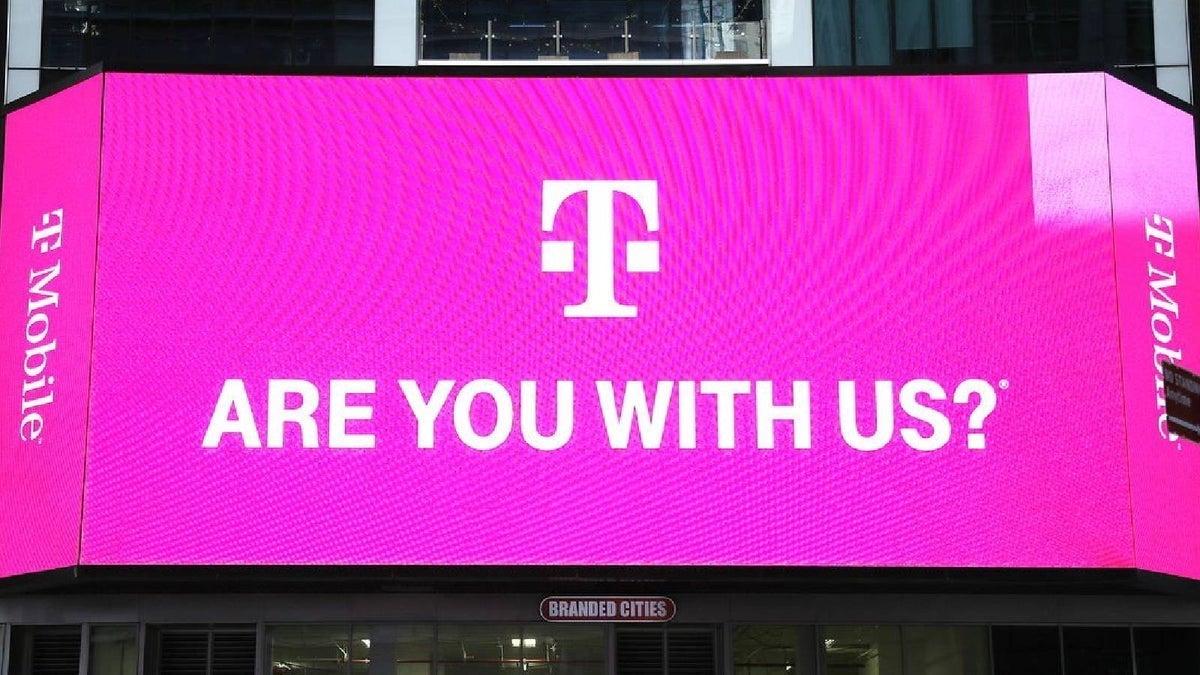











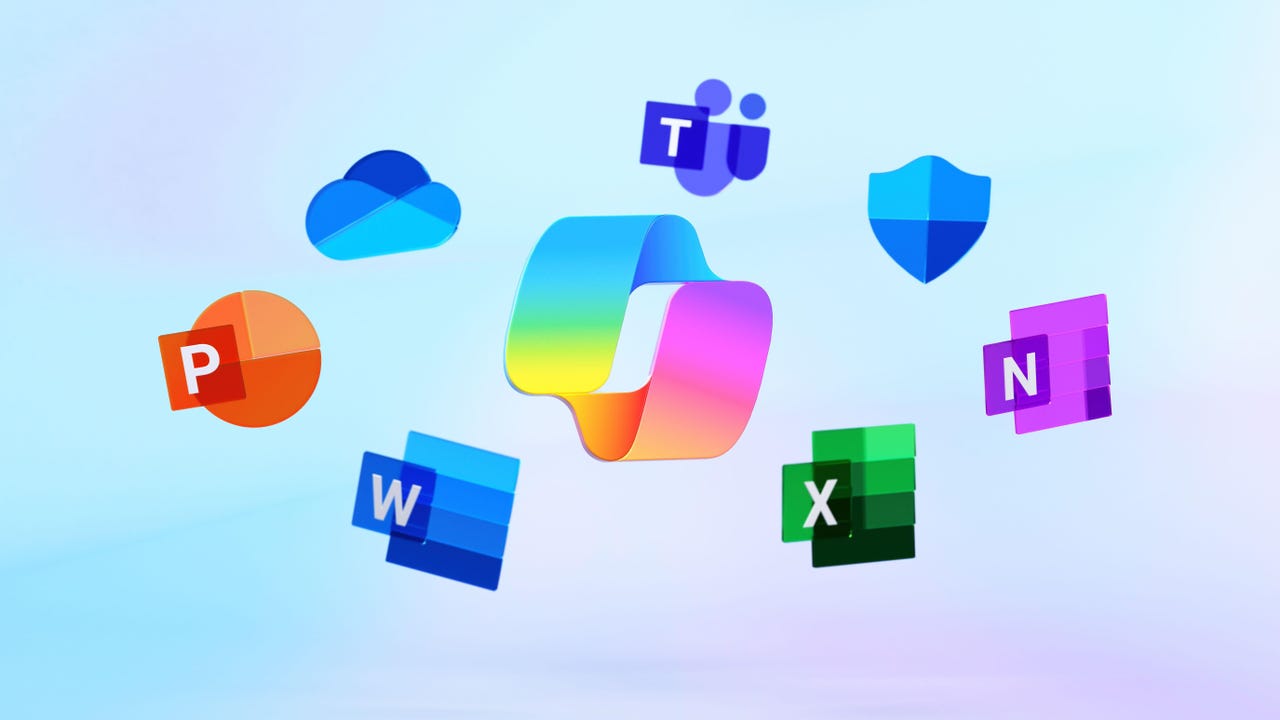







































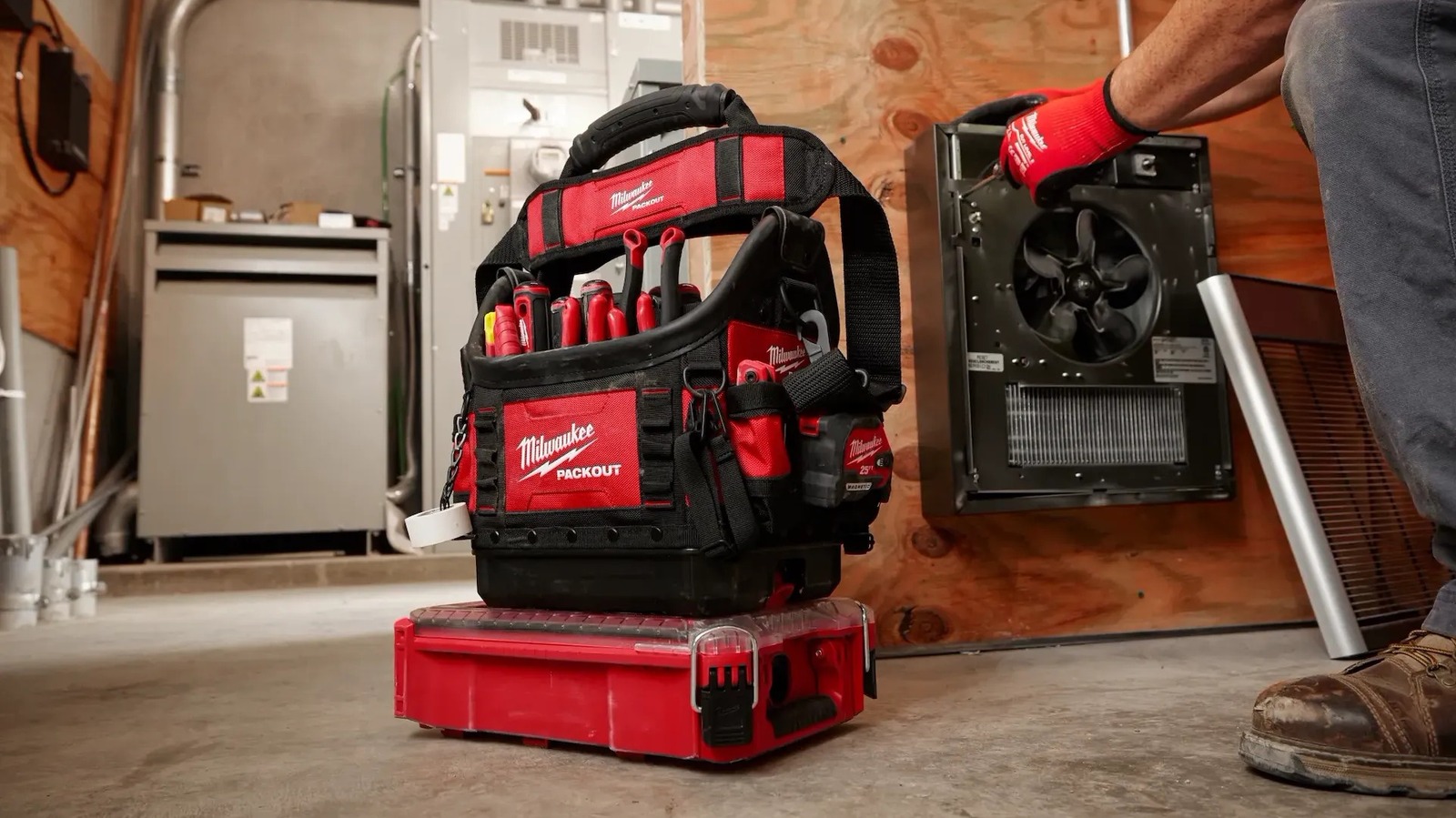


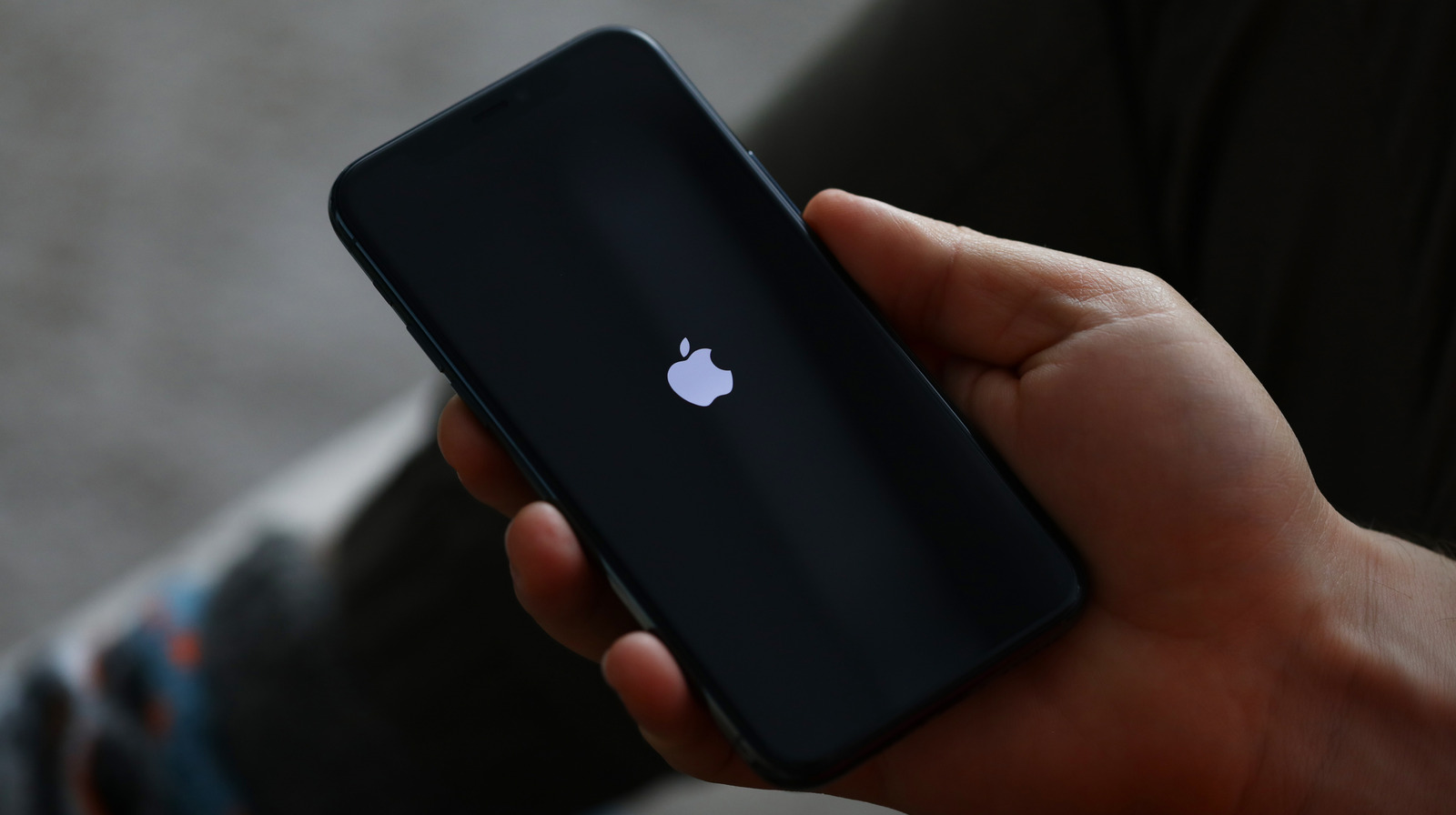



































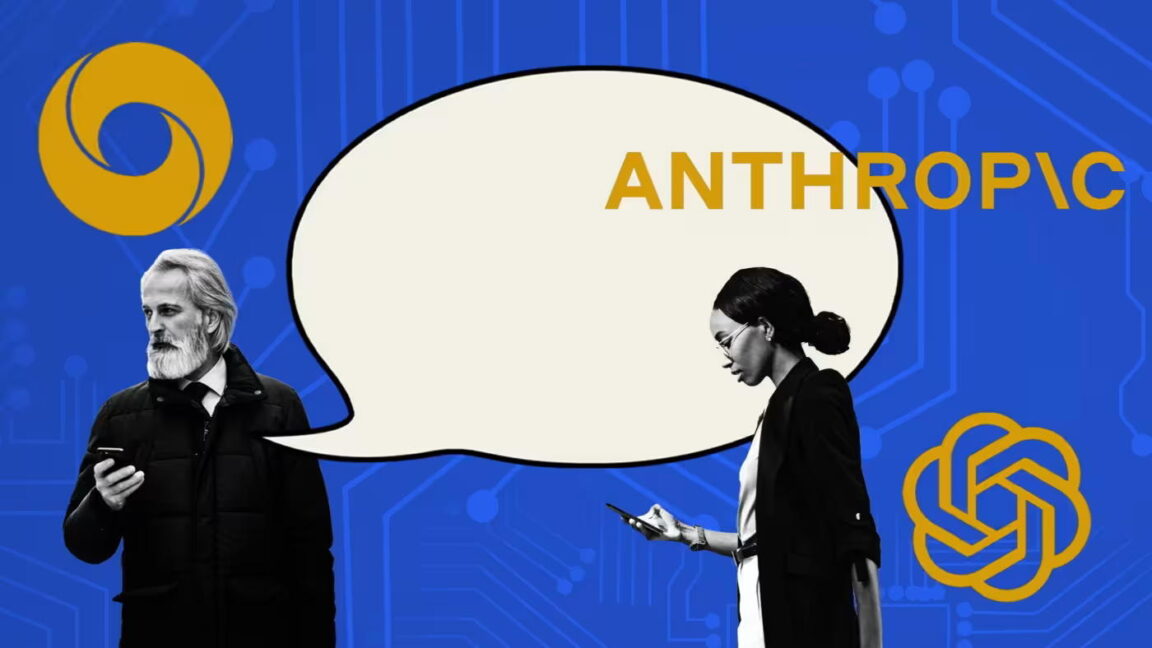

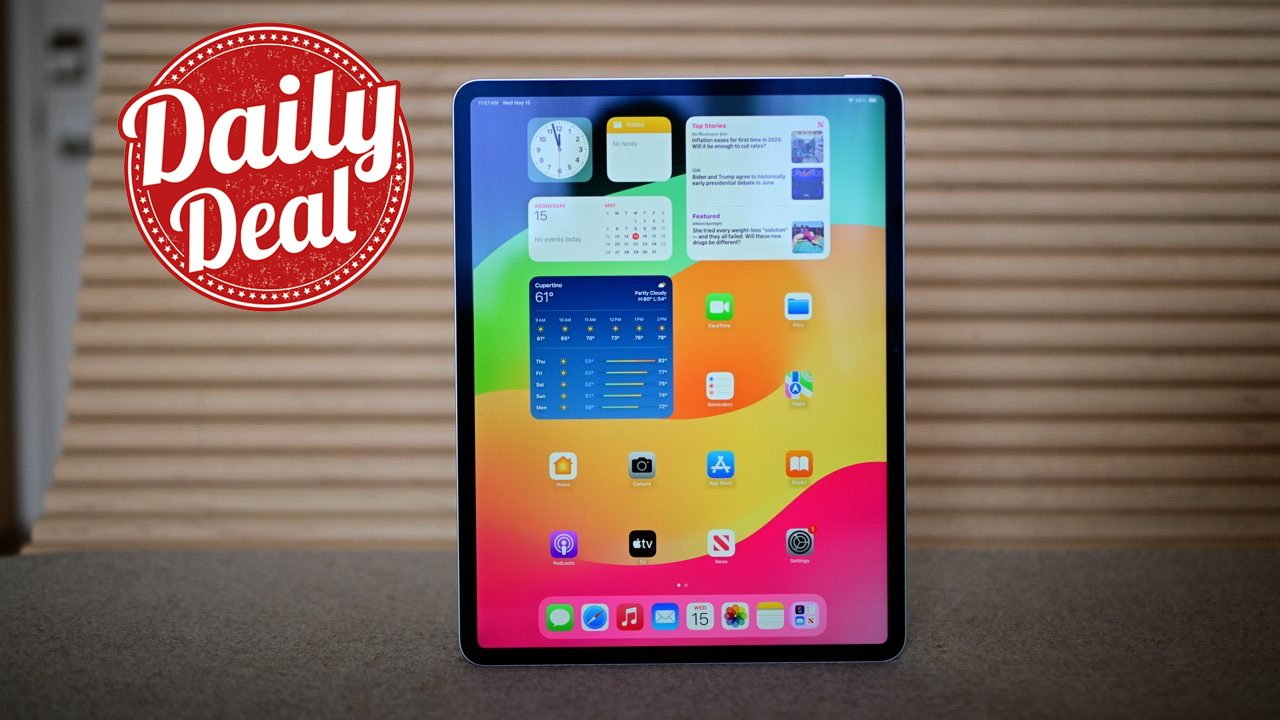


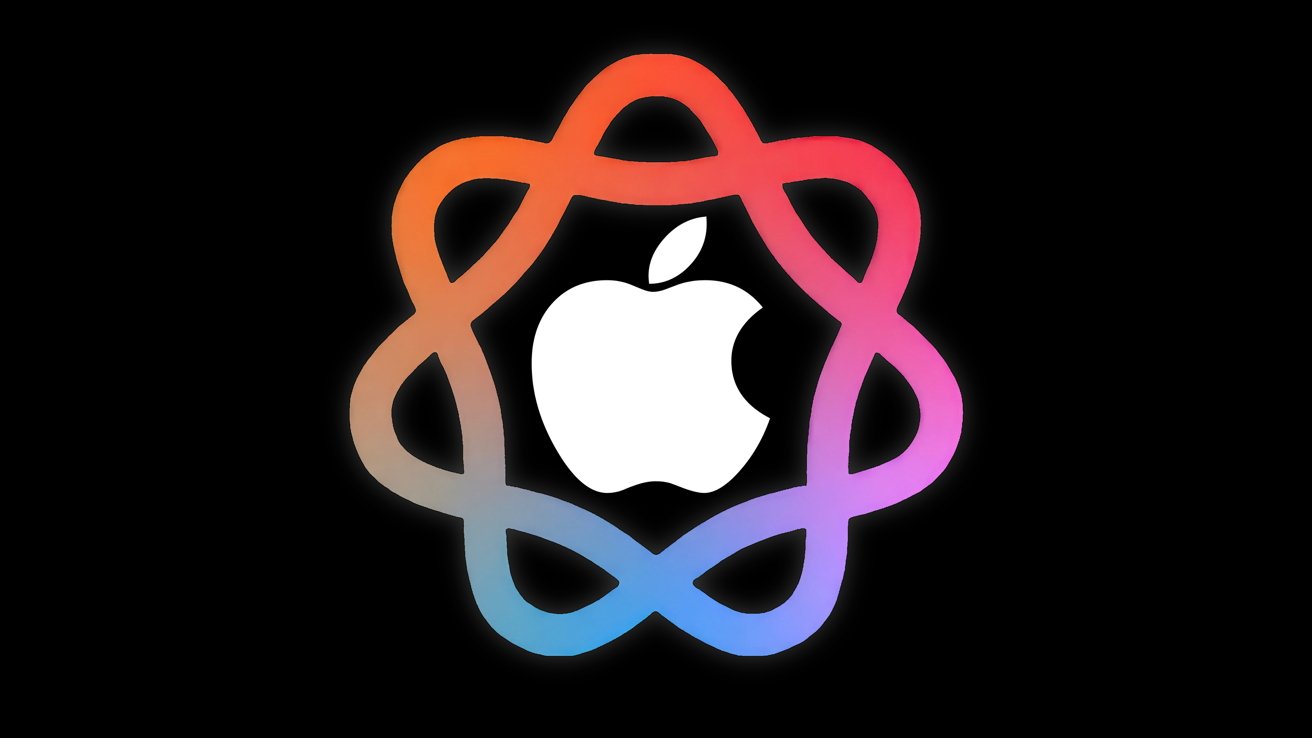


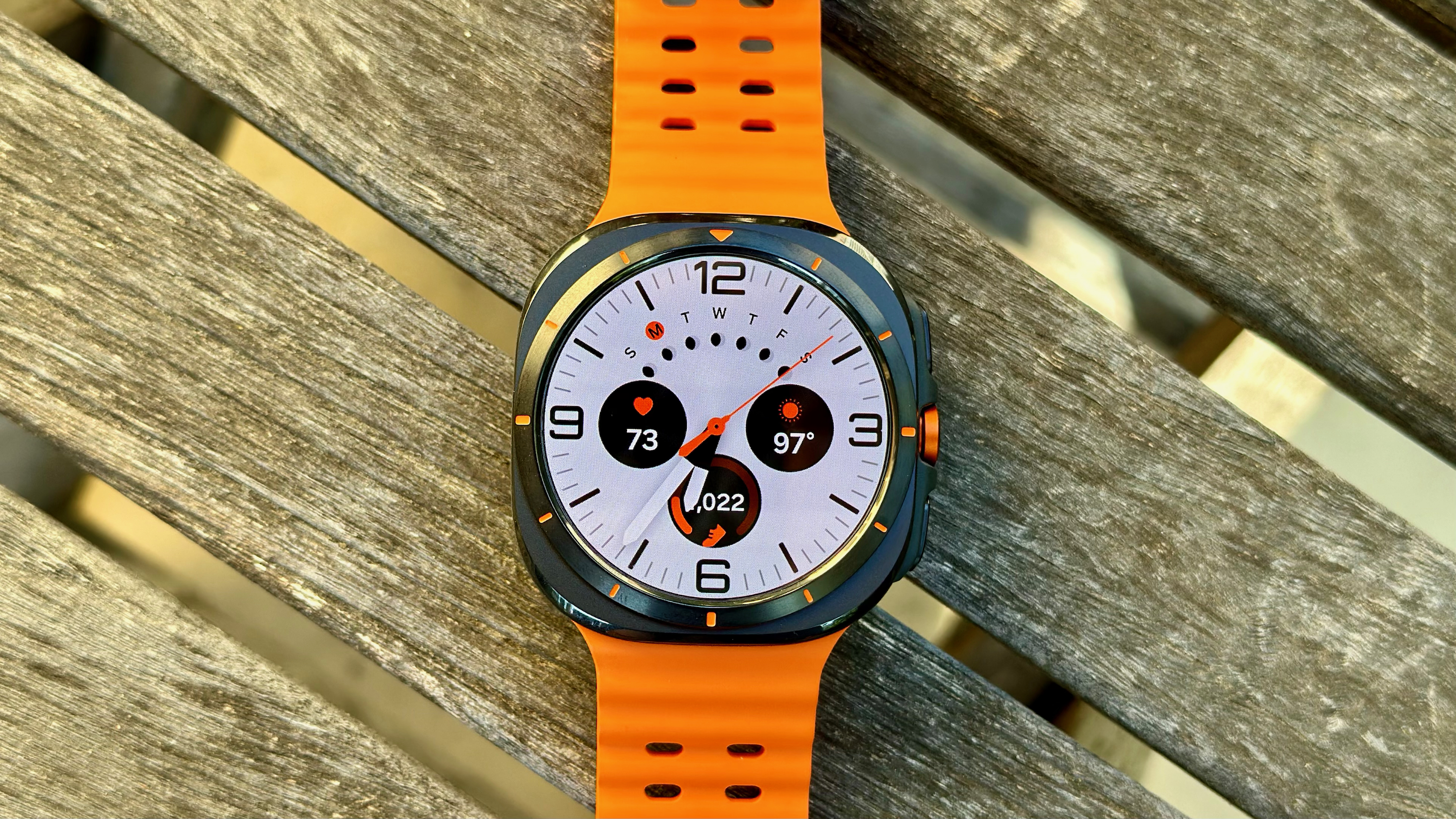
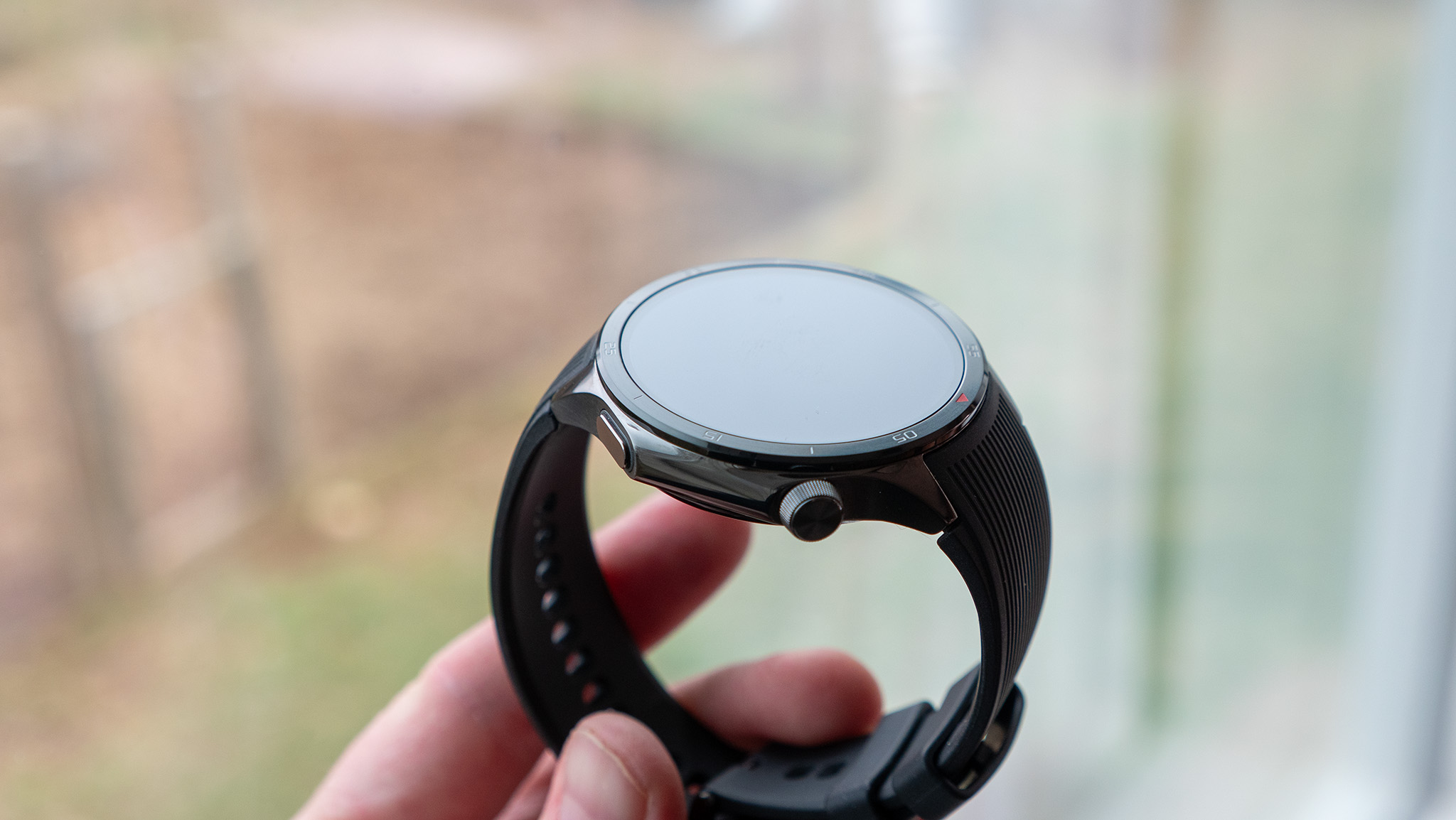
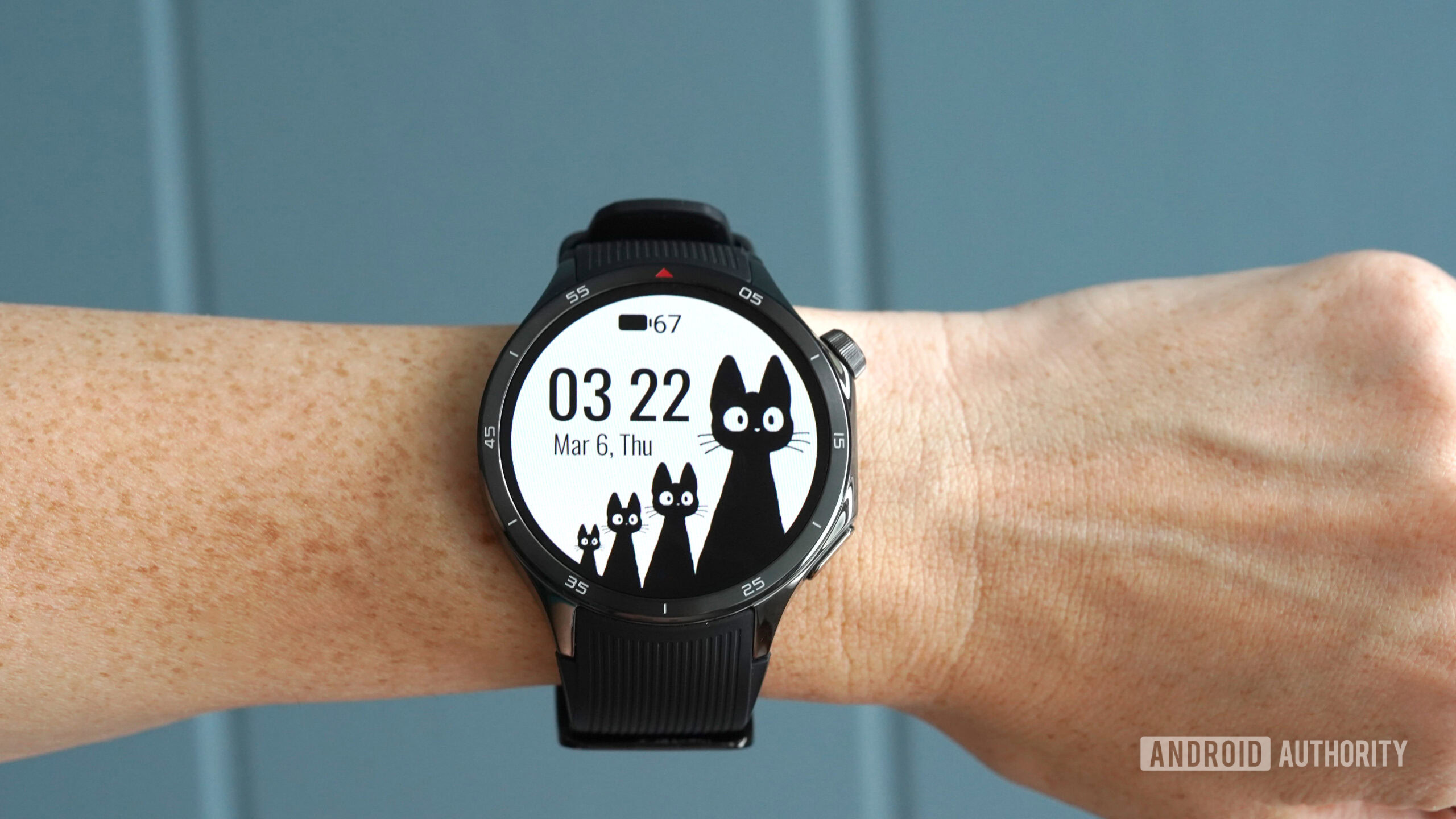
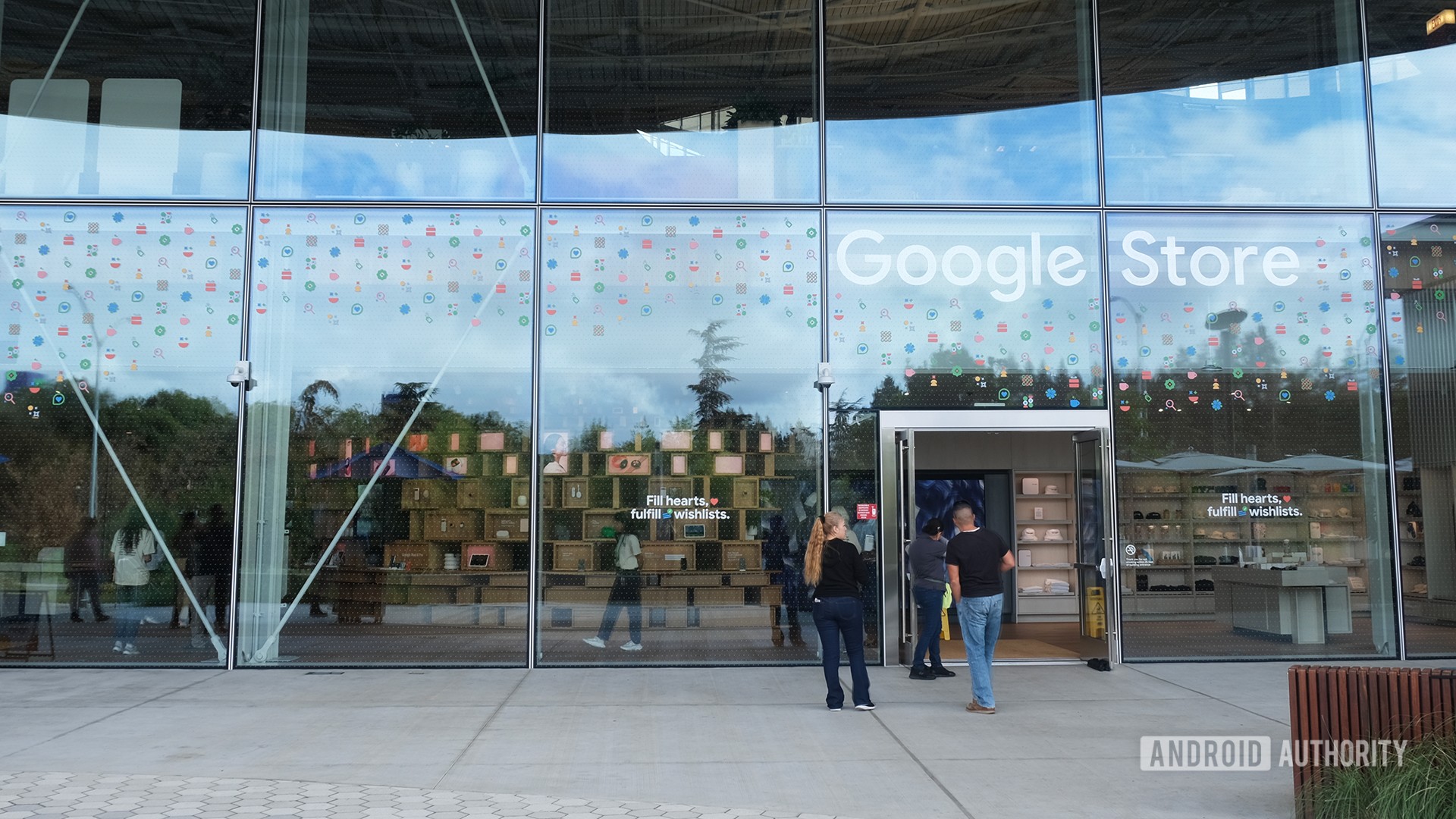
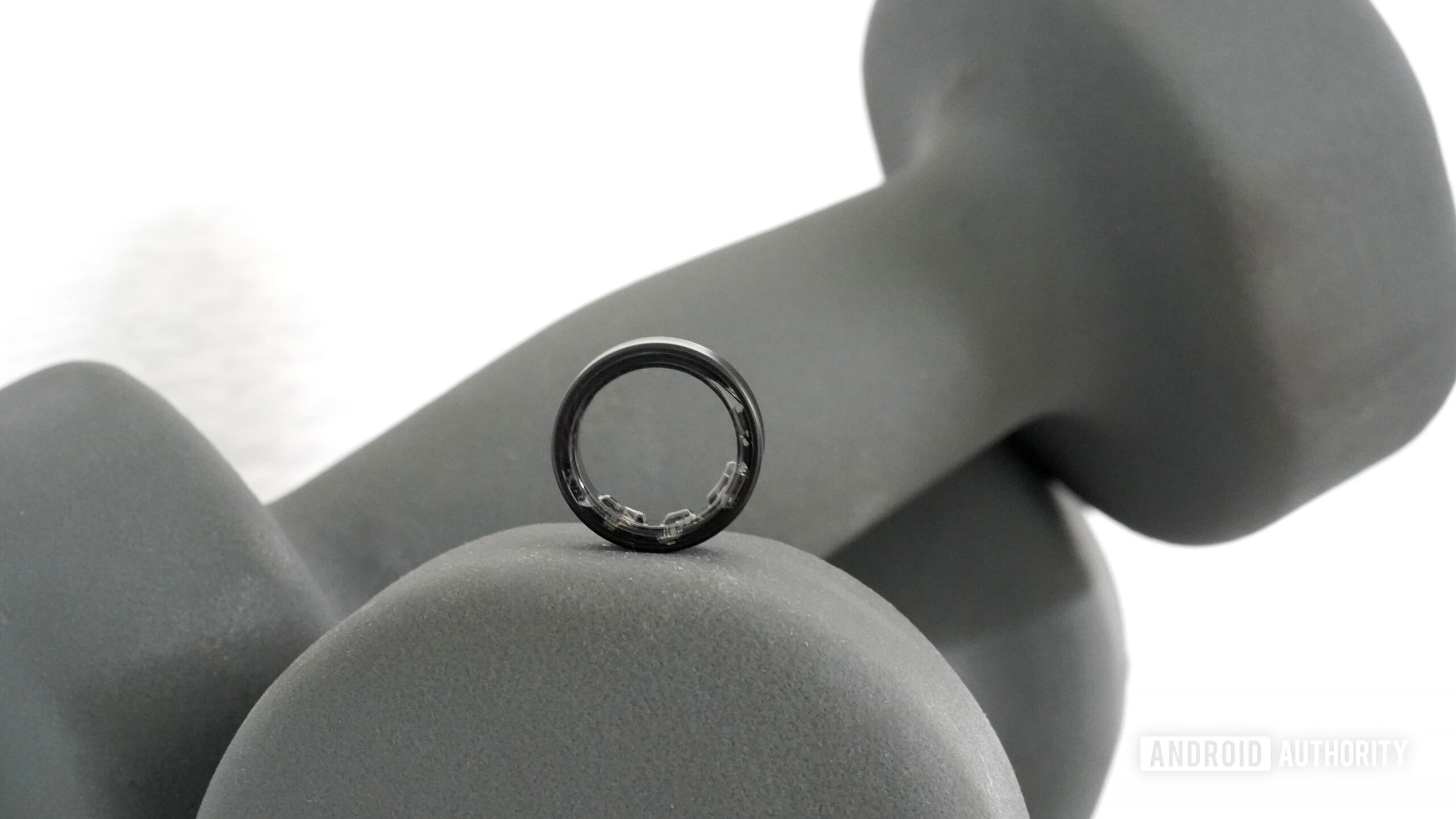
![PSA: Widespread internet outage affects Spotify, Google, Discord, Cloudflare, more [U: Fixed]](https://i0.wp.com/9to5mac.com/wp-content/uploads/sites/6/2024/07/iCloud-Private-Relay-outage-resolved.jpg?resize=1200%2C628&quality=82&strip=all&ssl=1)





















![Apple Shares Teaser Trailer for 'The Lost Bus' Starring Matthew McConaughey [Video]](https://www.iclarified.com/images/news/97582/97582/97582-640.jpg)













